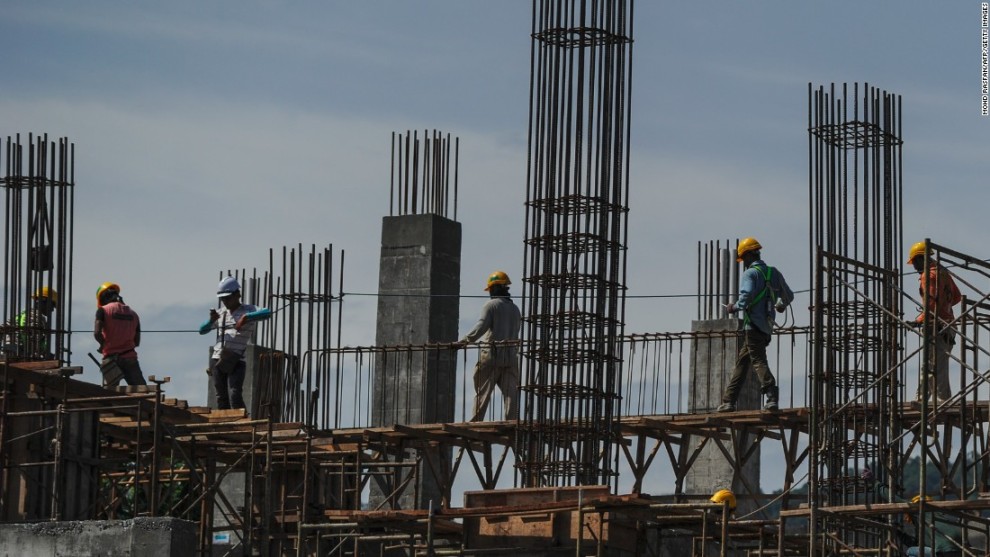Climate change, which refers to the rise in the average surface temperatures on Earth, is one of the most contested and controversial issues of today. To some, the gradual increase of the temperature poses no risk to humanity, as it is only part of the natural cycle. However, many people recognize the possible harms that can be done by climate change. These people try their best in order to respond to and prevent further damages brought upon by this phenomenon by employing the use of new technologies and strategies.
Effects of Climate Change on the Construction Industry
Climate change affects many different sectors of society, including one of its backbone – the construction and infrastructure industry. There are various ways by which climate change affects the industry – some for the better, and some for the worse.
Climate change does not just stop at bringing about higher average temperatures. It means higher propensity for flooding, stronger winds and constant and extreme changes in temperature. These environmental changes, especially the change in constant changes in temperature, can change the strength of construction materials, which negatively affects the sturdiness, foundation and balance of buildings and infrastructure.
Climate change also gives way to the rise of water levels, which in turn, heightens the propensity for flooding in urban and industrial areas, especially reclaimed territories. Without proper planning, urban residences and industrial centers will be damaged. This hampers upon the quality of life of the residents in the area, and negatively affects the economy.
Ideal Response of the Construction Industry to Climate Change
Since the harms and hazards brought about by climate change are pressing, it is necessary for the proper authorities to respond to these issues. The construction industry, in general, must find ways to use the issue of climate change to improve and advance the processes and technologies of their industry.
Right now, innovators in the field have found ways to make green buildings using green technology. With the help of these things, the amount of carbon emissions brought about by the construction of buildings and infrastructure, as well as the carbon emissions made by the maintenance of the buildings and infrastructure, will be lessened. This will help in curbing the effects of climate change.
In addition to green buildings and green technology proper planning for such structures as well as their placement must be done. Planners must ensure that buildings are not situated in flood prone areas. These buildings and houses must not block flood routes. The design of new structures must also have higher resistance against environmental damages like extreme heat, extreme coldness and strong winds.
Climate change is a serious environmental phenomenon, and innovators from all fields must respond to it as soon as possible in order to curb its detrimental effects. The construction industry, in particular, faces numerous obstacles in status quo. Since they are one of the most important sectors in society, it is necessary that they respond to it effectively.
Written by Hubert Builders, a full service commercial construction company in Columbia, MO.



